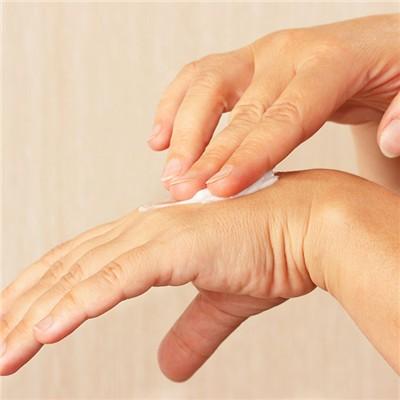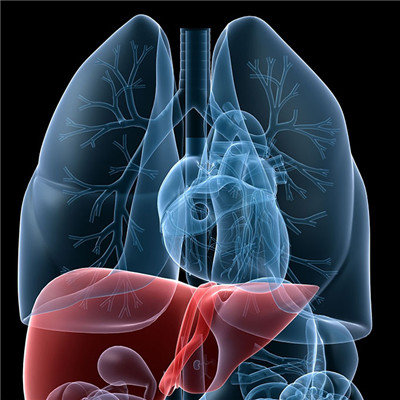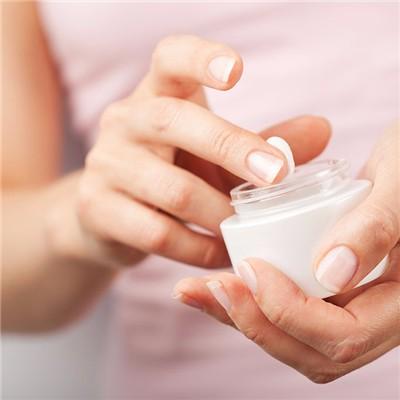What are the causes of subcutaneous hemorrhage
summary
In clinical practice, there are many reasons for subcutaneous bleeding points, and after this happens, patients should also find the corresponding causes as soon as possible to prevent the aggravation of the situation. Therefore, the following analysis of the causes of subcutaneous bleeding points needs to be carefully understood.
What are the causes of subcutaneous hemorrhage
Factor 1: vascular factor. Bleeding of skin and mucous membrane caused by congenital or acquired defects of vascular wall. For example, hereditary hemorrhagic telangiectasia, due to the increase of local fragility of blood vessels, often in the same part of repeated bleeding; Henoch Schonlein purpura is a kind of capillary allergic disease, due to the deposition of antigen antibody complex on the wall of blood vessels, causing telangiectasia and increased permeability, leading to purpura or bleeding; For the elderly, the skin tissue has been in a loose state, and the fragility of the vascular wall is relatively large, so it is more prone to senile purpura.

Factor 2: platelet factor. Platelets play an important and complex role in hemostasis. When the quantity or quality of platelets is abnormal, it is often easy to cause skin and mucous membrane hemorrhage. In severe cases, there may be visceral hemorrhage, such as gastrointestinal tract, urinary tract, respiratory tract, uterus and even cerebral hemorrhage.

Factor 3: coagulation and anticoagulation. Lack of coagulation factors or excessive anticoagulation factors in the blood can also cause large ecchymosis on the skin, but deep hematoma or joint bleeding are common.

matters needing attention
After finding out the cause of subcutaneous hemorrhage, patients should also pay attention to protect their liver.
















